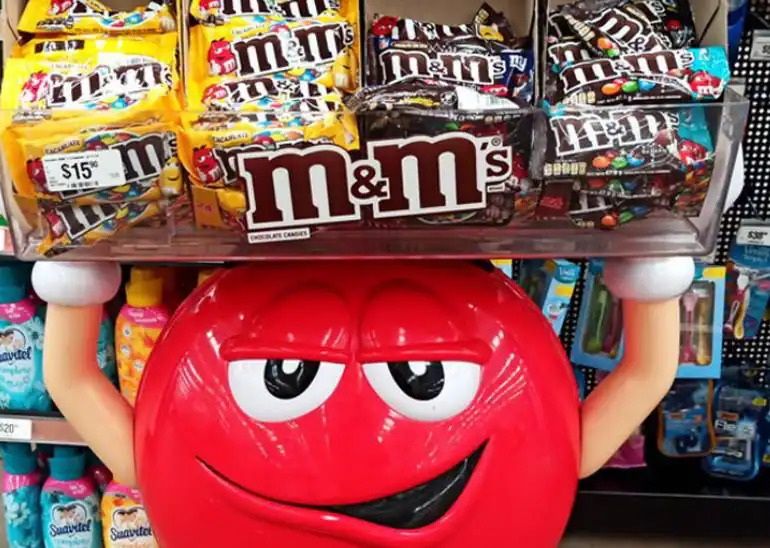Each country has its own rules which, if followed, should not cause any undesirable problems for visitors. Therefore, when visiting a new country, it is probably advisable to know at least the basic laws of the destination country. This includes what food you can take with you when you are traveling. It may surprise you, but in some countries certain foods are prohibited. This is true. We’ll take a look at some of them. Some of the reasons the foods are banned make sense when you find out why they are banned. Others just make you shake your head. Enjoy your meal!
Over the past 80 years, M&M’s has grown from a newcomer in the chocolate world to one of the world’s best known and most consumed snacks. M&M’s are available in many delicious varieties and are sold in more than 100 countries, but not in Sweden. Mondelez “M” is a peanut snack that has been available in Sweden since 1957 and is covered in chocolate. Due to the similarity between the Mars M&M logo and the Swedish confectionery company’s logo, the company gained control in Sweden. As a result, M&Ms were banned in Sweden.

Fruit Loops
Prohibited in: Norway, France, Finland and Austria
Justification: Too many artificial colors
Breakfast cereals from North America are famous for being high in sugar and low in nutrients. One of the most popular cereals is the fruit loop. In Norway, France, Finland and Austria, generations of children have grown up without this more colorful breakfast classic, although it is popular. Indeed, in some European countries, the sale of fruit loops is even banned. The artificial colors that make Kellogg’s Fruit Loops particularly attractive have been associated with cell development problems in scientific studies. This led to the cereals being banned.


